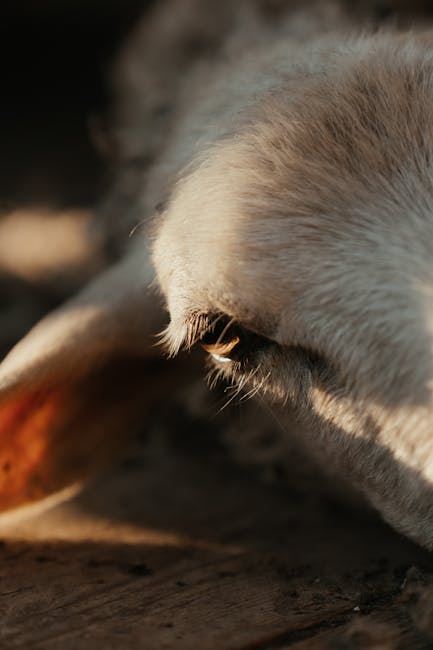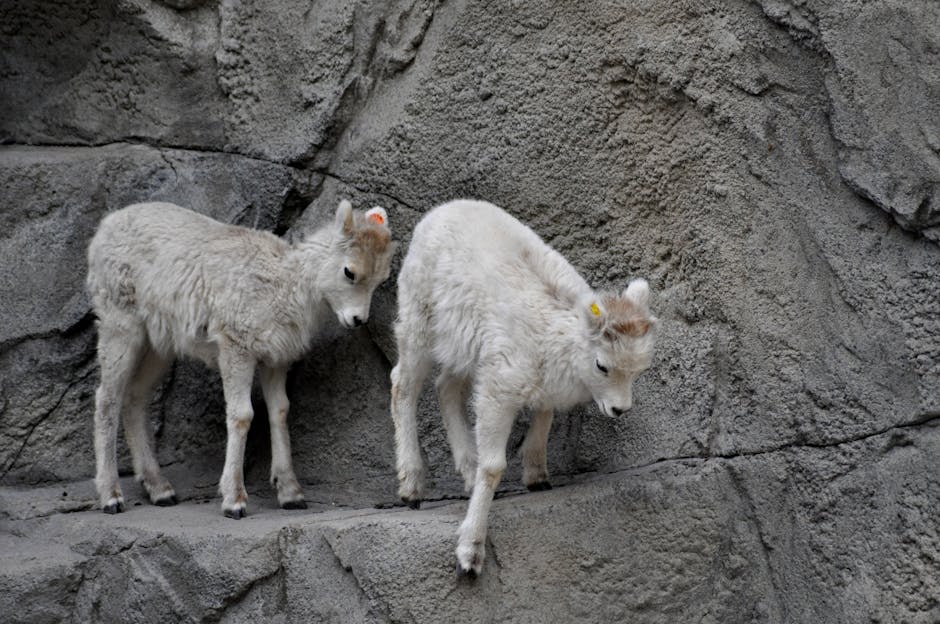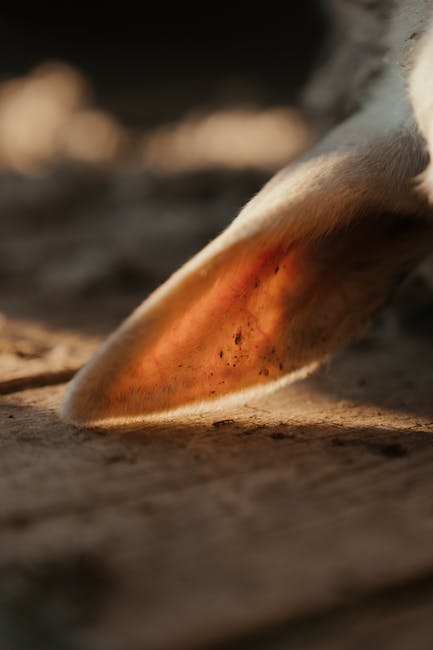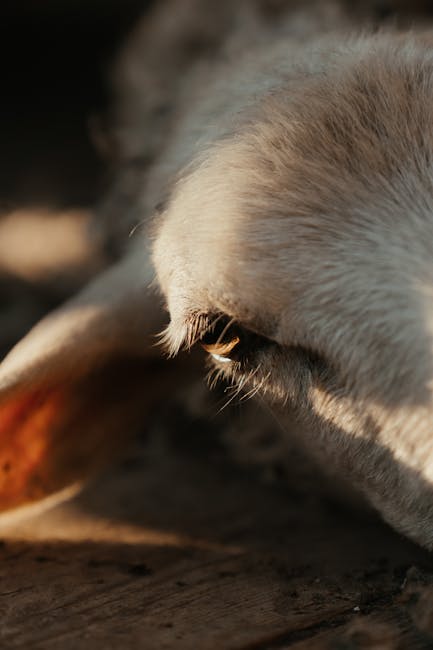How to Propagate Lamb’s Ear: A Comprehensive Guide to Growing More of This Fuzzy Favorite
Lamb’s ear (Stachys byzantina) is a beloved garden plant prized for its soft, velvety leaves. Its silvery-gray foliage adds a unique textural element to flowerbeds, borders, and even containers. But the best part? Lamb’s ear is incredibly easy to propagate, allowing you to expand your collection and share this delightful plant with friends and family. This comprehensive guide will walk you through various methods, ensuring you’ll have a thriving patch of lamb’s ear in no time.
Understanding Lamb’s Ear Propagation Methods
Lamb’s ear can be propagated through several methods, each with its own advantages and disadvantages. Choosing the right method depends on your experience level, the time you have available, and the number of plants you want to grow.

- Division: This is the simplest and most effective method for established plants. It involves carefully separating the main plant into smaller sections, each with its own roots and shoots.
- Stem Cuttings: This method involves taking cuttings from healthy stems and rooting them in water or soil. It’s a great way to propagate multiple plants from a single mother plant.
- Leaf Cuttings: While less common, leaf cuttings can also be successful, particularly when using rooting hormone.
- Seed Propagation: This method is less reliable than vegetative propagation (division and cuttings), and the resulting plants may not be identical to the parent plant.
Method 1: Propagating Lamb’s Ear by Division
Division is the easiest and most successful method for propagating lamb’s ear. It’s best done in spring or fall when the plant is actively growing but not flowering.

- Prepare the Plant: Water the lamb’s ear plant thoroughly a day before dividing. This makes it easier to lift the plant from the ground.
- Dig Up the Plant: Carefully dig around the base of the lamb’s ear, loosening the soil and gently lifting the entire plant from the ground.
- Divide the Plant: Use a sharp, clean knife or spade to divide the plant into smaller sections. Each section should have a healthy root system and several shoots. Aim for sections with at least 2-3 shoots.
- Replant the Divisions: Plant the divisions in well-draining soil, ensuring the crown of the plant is at ground level. Space the divisions according to the mature size of the plant.
- Water Thoroughly: Water the newly planted divisions thoroughly to help them settle into their new homes.
Method 2: Propagating Lamb’s Ear from Stem Cuttings
Propagating lamb’s ear from stem cuttings is a slightly more involved method but still relatively straightforward. This method is ideal if you want to create many new plants from a single mother plant.

- Take Cuttings: Select healthy stems from the lamb’s ear plant. Cuttings should be 4-6 inches long. Use a sharp, clean knife or scissors.
- Prepare the Cuttings: Remove the lower leaves from the cutting, leaving only a few leaves at the top. This reduces the surface area and prevents rot.
- Root the Cuttings: Dip the cut ends of the cuttings in rooting hormone (optional, but recommended). Plant the cuttings in a well-draining potting mix or directly into moist soil. Alternatively, you can root them in water; ensure the water is changed regularly.
- Provide Humidity: Cover the cuttings with a plastic bag or humidity dome to maintain high humidity, which promotes rooting.
- Maintain Moisture: Keep the soil or water consistently moist, but not soggy. Remove the plastic bag or humidity dome once roots have developed and new growth appears.
Method 3: Propagating Lamb’s Ear from Leaf Cuttings (Less Reliable)
Leaf cuttings are less reliable than stem cuttings or division, but they can be attempted. Success is often dependent on the use of rooting hormone and maintaining high humidity.
- Select Leaves: Choose healthy, mature leaves from the lamb’s ear plant.
- Prepare the Leaves: Dust the cut end of the leaf petiole with rooting hormone.
- Plant the Leaves: Lay the leaves flat on top of a moist potting mix. Cover the container with a plastic bag or humidity dome.
- Maintain Moisture and Humidity: Keep the soil consistently moist, and maintain high humidity until roots develop.
Method 4: Seed Propagation (Least Reliable)
Seed propagation is the least reliable method, often resulting in plants that differ slightly from the parent plant. It is rarely used for lamb’s ear.
Tips for Success
- Use sharp, clean tools to minimize the risk of disease transmission.
- Ensure well-draining soil to prevent root rot.
- Provide adequate sunlight (at least 6 hours of sun per day).
- Water regularly, but avoid overwatering.
- Be patient! Propagation takes time.
With a little patience and care, you can easily propagate lamb’s ear and enjoy this beautiful plant throughout your garden. Remember to choose the method that best suits your needs and experience level, and enjoy the process of creating more of this fuzzy favorite!

